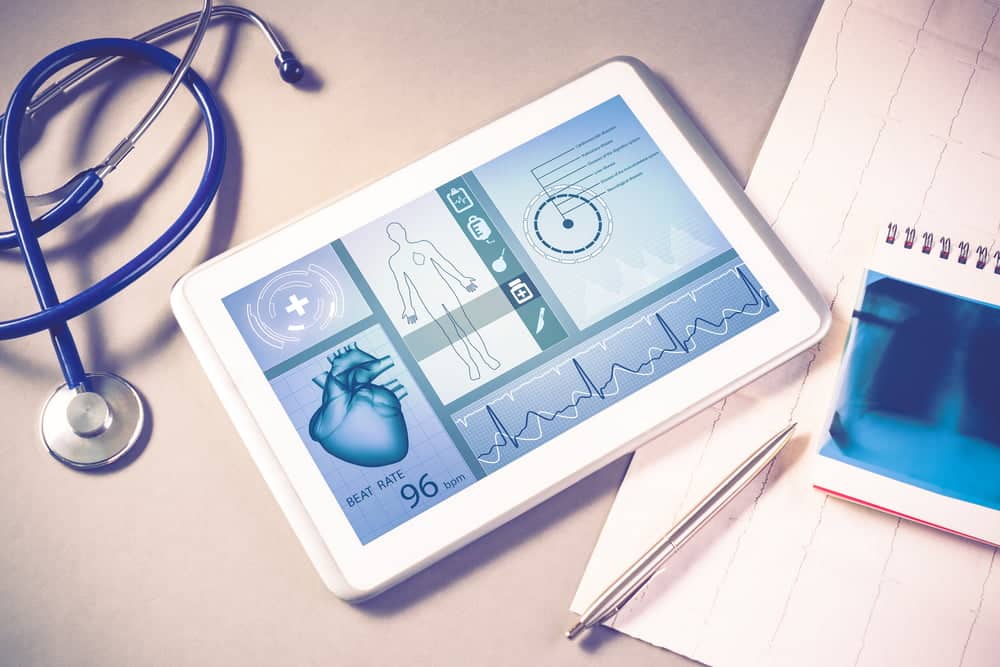Finally 2020 is behind us. 2021 also has a lot of potential in the field of digital health. Elements that emerged (or underestimated) also last year, which will be useful or will be abandoned in this one.
Here are some digital health trends that can make a splash (good or bad) in 2021.
Proteus has failed, but the Smart Pills have not
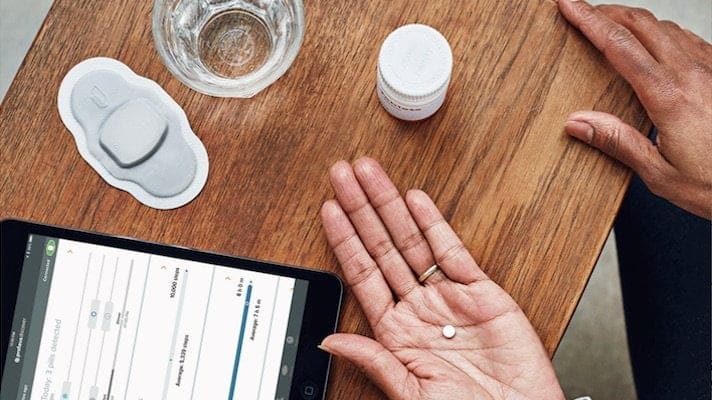
In 2017, the Proteus Digital Health made headlines for developing the world's first FDA-approved smart pill. And by 2019 the company had reached a valuation of $1,5 billion. In 2020, like a bolt from the blue, bankruptcy and bankruptcy.
Poor management and excessive costs for this product that combined "smart" pills with a sensor that monitored their absorption. You swallowed a capsule and checked that it reached its destination and correctly distributed its active ingredients. A digital health device for the treatment of mental disorders.
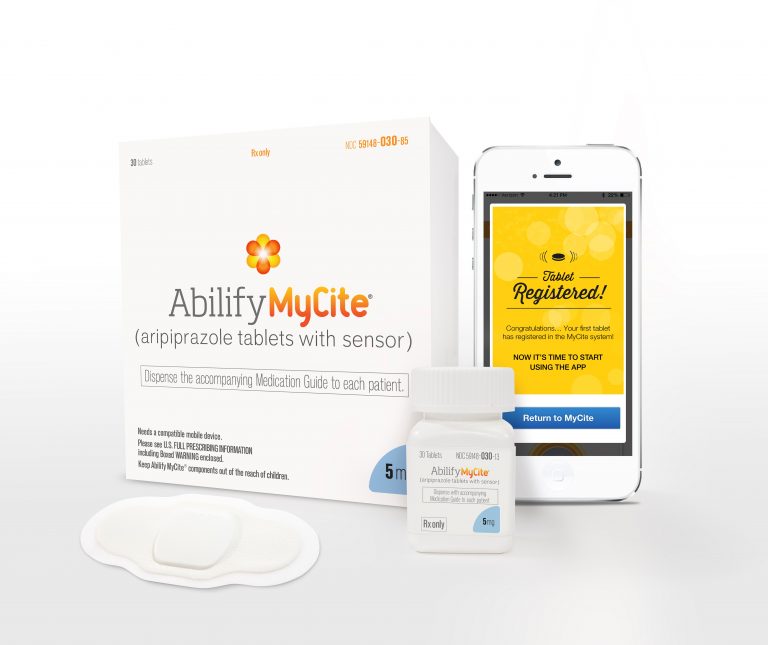
However, the fall of a company does not necessarily mean the fall of this technology just 4 years ago it seemed like something out of science fiction. The digital pills continue to offer themselves strongly, and to be developed all over the world. Other digital health companies like etectRx e Infármate are working on their own smart pill. It will take a little more attention, but the technology could take off this year.
Covid digital contact tracking was a flop

With COVID-19's rapid transmission rate, governments around the world have turned to digital health technology for assistance. This assistance has come in the form of a contact tracking app. Once downloaded, this was the possibility, it would help health officials determine who was in the immediate vicinity of an infected person.

Of course, using these apps posed a risk to privacy and data security. In South Korea, for example, the app he laid bare by mistake sensitive data of citizens. Contact tracking apps used in the UK and Qatar they showed vulnerability. In Italy, our Immuni app it never really took off.
Millions of euros invested in this digital health solution haven't paid off much. The adoption rate remained low. For example, in New York only about 5% of the population downloaded the COVID Alert NY contact tracing app. Researchers at the University of Oxford estimate that about 60% of the population should use these apps for them to be effective.
Reality shows that we are not ready for these digital health apps against Covid. Will we try again in 2021?
Investments in digital health are flourishing

2020 was the year of investing in digital health. In 2016, global spending was 23 billion euros. In 2019 it was 119 billion. In 2027 it will be 890 billion, with an annual increase of approximately 27%. Do some yourself.
Needless to say, this investment boost that the digital health industry has received has been further accelerated by the pandemic. The next major investments? They will be directed to companies that offer on-demand health services and remote assistance.
Virtual events have replaced those in person

Thousands of face-to-face medical conferences were held every year before Covid. The need to limit physical contact forced medical events to be postponed or canceled in person in 2020. This setback has given medical events the opportunity to adapt with the times, move beyond the age of PowerPoint and go digital.
When done well, virtual events not only offer an alternative to physical events, they can be even more beneficial. Give more information, more effectively. A reality to be preserved even afterwards, to give physical events the prize for "team building" and sociality, leaving the virtual ones with the ability to inform remotely, quickly, completely.
Telemedicine has gone mainstream
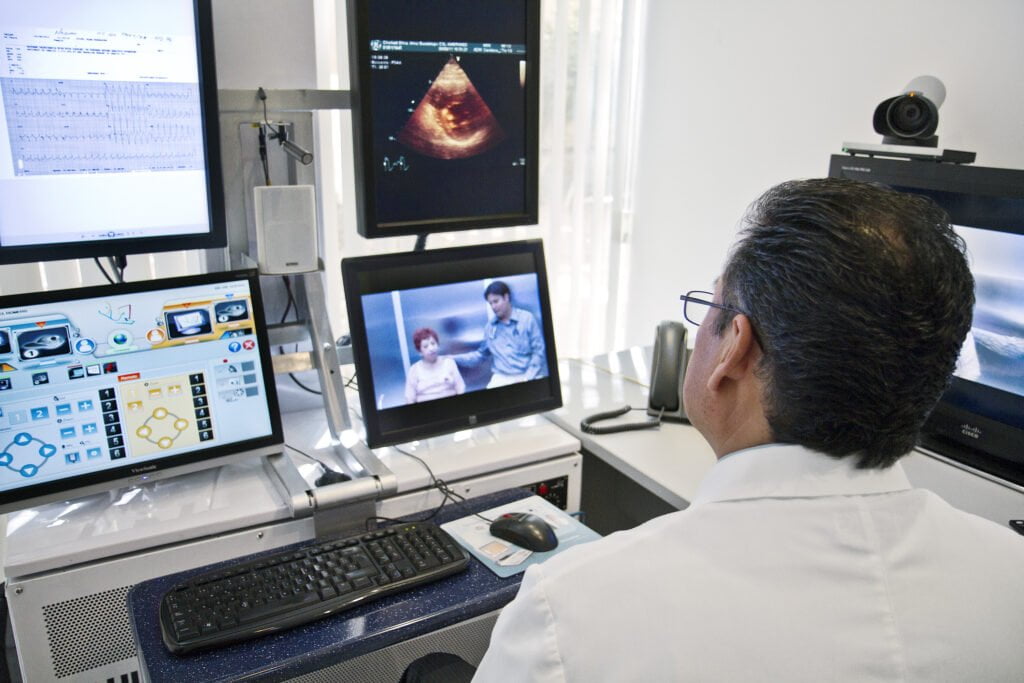
Lockdowns and the need to practice social distancing while still providing access to healthcare have catapulted telemedicine to horizons unthinkable in 2019.
Before the COVID-19 public health crisis, 82% of consumers did not use telehealth services. With the outbreak of the pandemic, the use of some services increased by a staggering 158%. Adoption has proven that unnecessary physical hospital visits are avoidable and telemedicine can act as a bridge for this purpose.
Digital health is taking a globalized form

As part of the definition of digital health, the democratization of healthcare is often highlighted. Companies that offer quality digital health services, from fitness trackers to at-home microbiome testing, can reach patients and consumers wherever they are. The COVID-19 pandemic has helped clarify this point too.
Patients from all over the world have turned to mass a digital health solutions, even if the providing company was in another country or continent. Cancer patients continued their treatment thanks to telemedicine. The demand for wellness apps and fitness wearables has increased. Even the elderly have embraced healthcare technology during the pandemic.
This trend is destined to continue, the train has now left. However, strict regulations will be needed to ensure that quality is offered in both service provision and data protection.
Not all digital health technologies hit the market
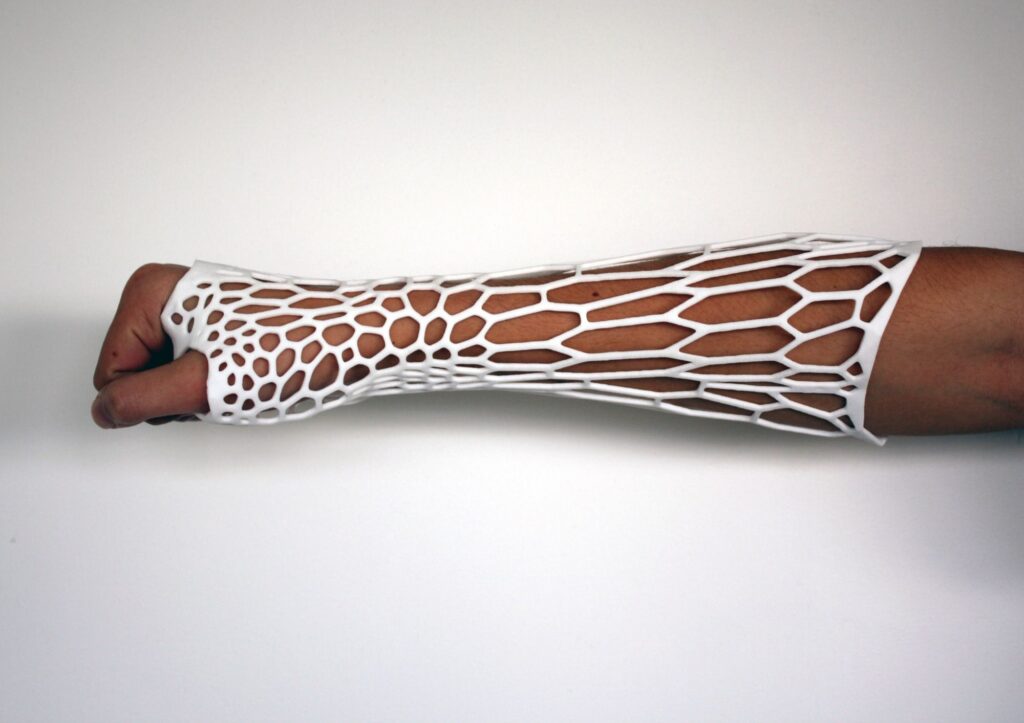
While investments in digital health have received a huge boost and technologies such as telemedicine and wellness apps have become commonplace in 2020, not all technologies came to market last year.
There's one promising solution in particular that we've been waiting for for a few years now: 3D printed chalks. They exceed the performance of traditional plaster. And they do it in many ways: they are tailor-made, waterproof, easily removable, and even prevent infections and muscle atrophy. However, they are still little seen in common practice.
This poor adoption is attributable to several causes. First of all, the slowness in production and the cost: a 3D printed plaster costs around 100 euro.
The pandemic has accelerated the demand for 3D printers in hospitals to provide for in-house creation of spare parts. Their spread can also make 3D printed casts more common. There are also companies like Xkelet e CastPrint that they push the solution forward in the hope of becoming established. The future, however, is a step even further with "biomorphic" shells that imitate nature and non-immobilized limbs (here I talked about Scaled, a fantastic dynamic brace project).
The era of “smartwatch” patients requires a cultural shift

When someone shows up at the hospital because their smartwatch presents them with bad heart data, that's one more patient. And if the reading of the smartwatch or tracker also turns out to be a false positive, chaos has served, and the health system is unnecessarily overloaded.
The boom in devices that track our health and vital signs presents great opportunities and problems to prevent.
We need a cultural transformation. Hand in hand with the adoption of these tools, all the actors on the scene (from politicians to doctors, through patients and manufacturing companies) will have to change their mentality.
First of all, more homogeneous standards are needed. We must also consider that these digital health devices require a small learning curve. It is necessary to train patients and doctors in the use and consultation of these tools.
It is then necessary to prepare specific monitoring and intervention channels.
In short, there is work. In this sense, 2021 will not see revolutions.
